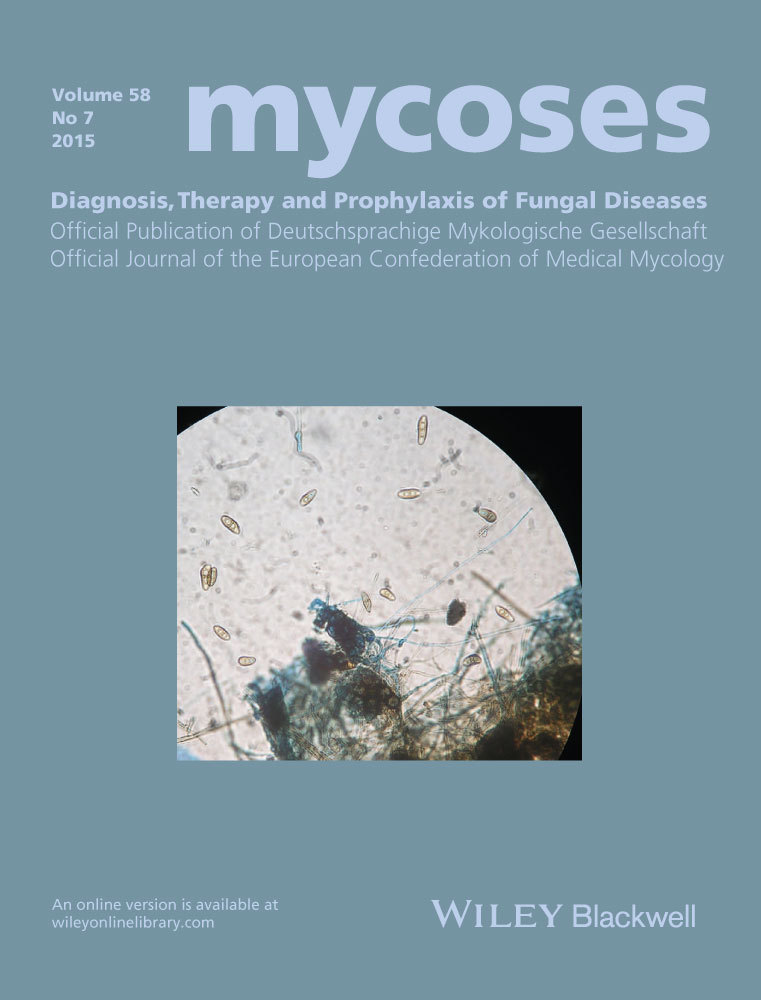Histoplasmosis and skin lesions in HIV: a safe and accurate diagnosis
Summary
Human histoplasmosis is caused by the dimorphic fungus Histoplasma capsulatum. This infection can run asymptomatic or be life-threatening, depending fundamentally on the host's immune status. Immunocompromised patients can present disseminated disease to the skin, making the biopsy an accessible approach. The current diagnosis gold standard is fungal culture which takes several days or weeks to grow and must be handled in a biosafe laboratory which is avoided if we use the technique here described. We propose the use of molecular biology for diagnosis confirmation, considering it can shorten diagnosis lapse, has good specificity and sensitivity and reduces the risk of infection for the medical and laboratory personnel. Seven paraffin-embedded skin biopsy samples were included from patients with confirmed HIV and histoplasmosis diagnosis. Total DNA was isolated and molecular typing of H. capsulatum var. capsulatum. All samples were positive. This is a safe and accurate method for skin histoplasmosis diagnosis.




